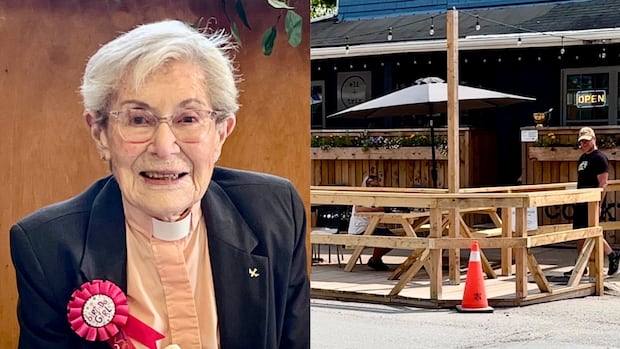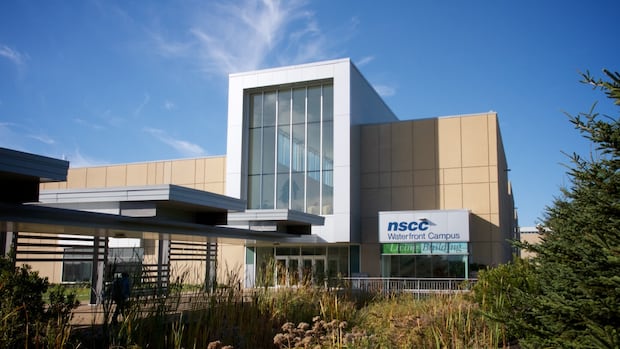Land guardians use Indigenous knowledge for nature conservation in Eskasoni, N.S.
The land guardian program of the Eskasoni Fish and Wildlife Commission hired its first intern this summer to put Indigenous ecological knowledge to work in nature conservation.
Ellen Dennis is a member of the Eskasoni First Nation located on Bras D’Or Lake in Cape Breton, N.S., and got the job through funding from the Nova Scotia-based Clean Foundation. Its Clean Leaders program subsidizes wages for hundreds of students across the province help in the fight against climate change.
Dennis joins land guardians Tony Sylliboy and Jordan Marshall to use western science as well as traditional Indigenous knowledge in protecting nature on their territory.
It’s part of a Canada-wide trend among First Nations to reclaim their connections to the land.
They collect data, conduct water tests and help to manage traditional lands. With the advice from elders on cultural practices, Sylliboy tries to put young people back in touch with the natural world surrounding them.
“There’s a disconnect with the land and people. So I’m trying to focus on reconnecting people. I’m like a medium or a catalyst to bring people back to the land. So we try to work with youth,” said Sylliboy.
The summer internship is part of that work.
Dennis is doing hands-on work, from testing fresh water quality, to collecting plant data on species at risk and even getting the chance to work with bees.
“[We worked on] habitat restoration, we surveyed some bees [using] catch and release. We would net them and then freeze them for about 20 minutes, and then we would identify them after,” she said.
Rob Harris, a vice- president of the Clean Foundation, praised the work of Eskasoni Fish and Wildlife.
“They’ve been a great champion of climate change work in our province for quite some time. So we’re really pleased to see Indigenous knowledge and you know, intergenerational climate knowledge being transferred down,” he said.
This month, the land guardians plan to harvest local plants used in traditional medicine to give to elders in the community. Sylliboy says the plants they plan to collect can be used for anything from treating migraine headaches to pain associated with inflammation.
He says only taking what you need from the land is an important part of conservation, but also, giving back. He credits his elders for their part in handing down the knowledge.
“I feel like I’m doing my job as a l’nu man, teaching both the interns and youth about the land and … bringing back cultural practices to our people,” he said.



